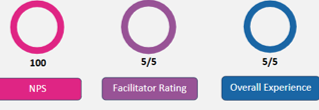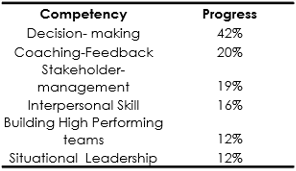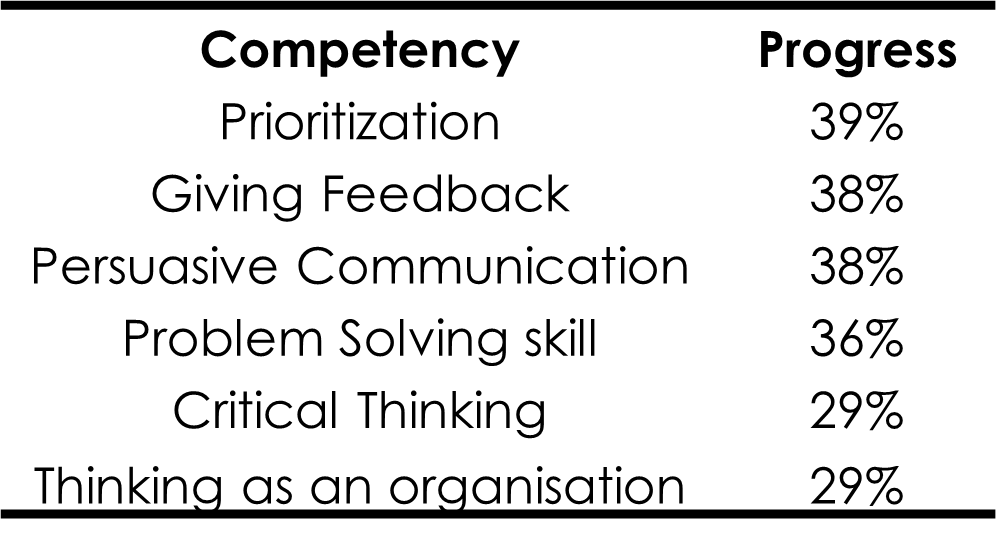3 Benefits, 2 Risks & 1 Insight: Automation & Robotisation

Over the last few months, Generative AI technologies have directed global attention to the fact that now even ‘creatives’ are in jeopardy of being replaced by AI. Yet another bastion crossed! The trend of automation and robotisation has remained relevant over the last century, replacing humans in many industries. And the pace of this replacement is only quickening with more technology in more arenas.
However, another parallel trend to automation, has been the creation of new types of jobs. In this milieu of fast-paced and fundamental changes in how jobs are being performed, the HR function needs to recognize the change and be at the forefront of managing this change. They need to engage with employees to help them reimagine their jobs and boost efficiency and performance.
This blog provides a quick overview of the benefits and risks (read as opportunities) of automation in the context of the Human Resource Management function, and ends with an insight on what can the HR functionary do to bring back the focus on people and keep employees engaged through these times of great change.
Three Benefits:

- Improved workplace safety: Automation and robotisation are reducing the need for manual labour in hazardous environments, leading to improved safety and risk management. For example, in various manufacturing facilities, robots are being used to handle dangerous chemicals or perform tasks in high-risk areas, reducing the risk of workplace accidents and injuries.
- Reduced employee burnout: By automating mundane and repetitive tasks, employees can focus on more meaningful and engaging work, leading to reduced burnout and better employee retention. For example, in a customer service call center, chatbots are being used to handle routine inquiries, freeing up human agents to focus on more complex customer issues, which can lead to better job satisfaction and retention.
- Enhanced creativity and innovation: By automating routine tasks, employees can spend more time on creative and strategic work, leading to enhanced creativity and innovation. In a marketing department, for example, automation can be used to handle routine tasks such as data entry and report generation, freeing up marketers to focus on more creative work such as designing campaigns or brainstorming new ideas.
Two Risks:

- Increased cyber threats: At least in the short to medium term, automation and robotisation can create new vulnerabilities in your IT systems, which can increase the risk and scale of cyber attacks.
- Skills gap: While automation and robotisation can help to streamline your operations, they can also exacerbate the skills gap in your workforce if not implemented correctly. Since the pace of change in technology is faster than ever, If you implement new technologies without providing adequate training or upskilling opportunities for your employees, they may struggle to adapt to the new tools and processes.
One Key insight:

- Focus on people, not just technology: Automation and robotisation are powerful tools that can help you to achieve greater efficiency and productivity, but they are only as effective as the people who use them. To fully realise the benefits of these technologies, focus on empowering your employees to work alongside them, not be replaced by them. By involving your employees in the process of implementing these technologies, you can ensure that they feel invested.
This insight may seem obvious, but it is often overlooked in the rush to adopt new technologies. By putting people at the centre of your automation and robotisation strategy, you can build a culture that drives long-term success.












